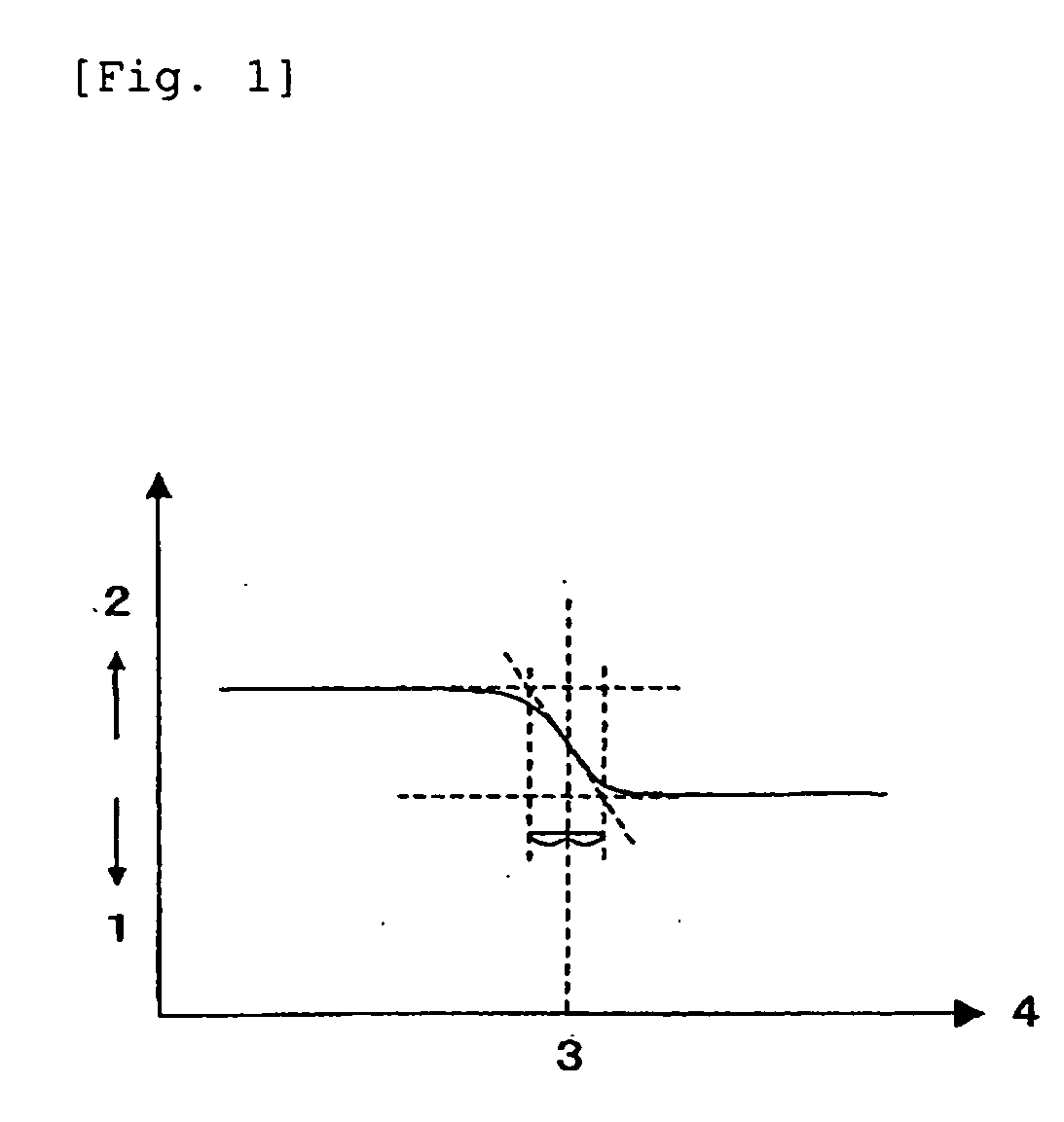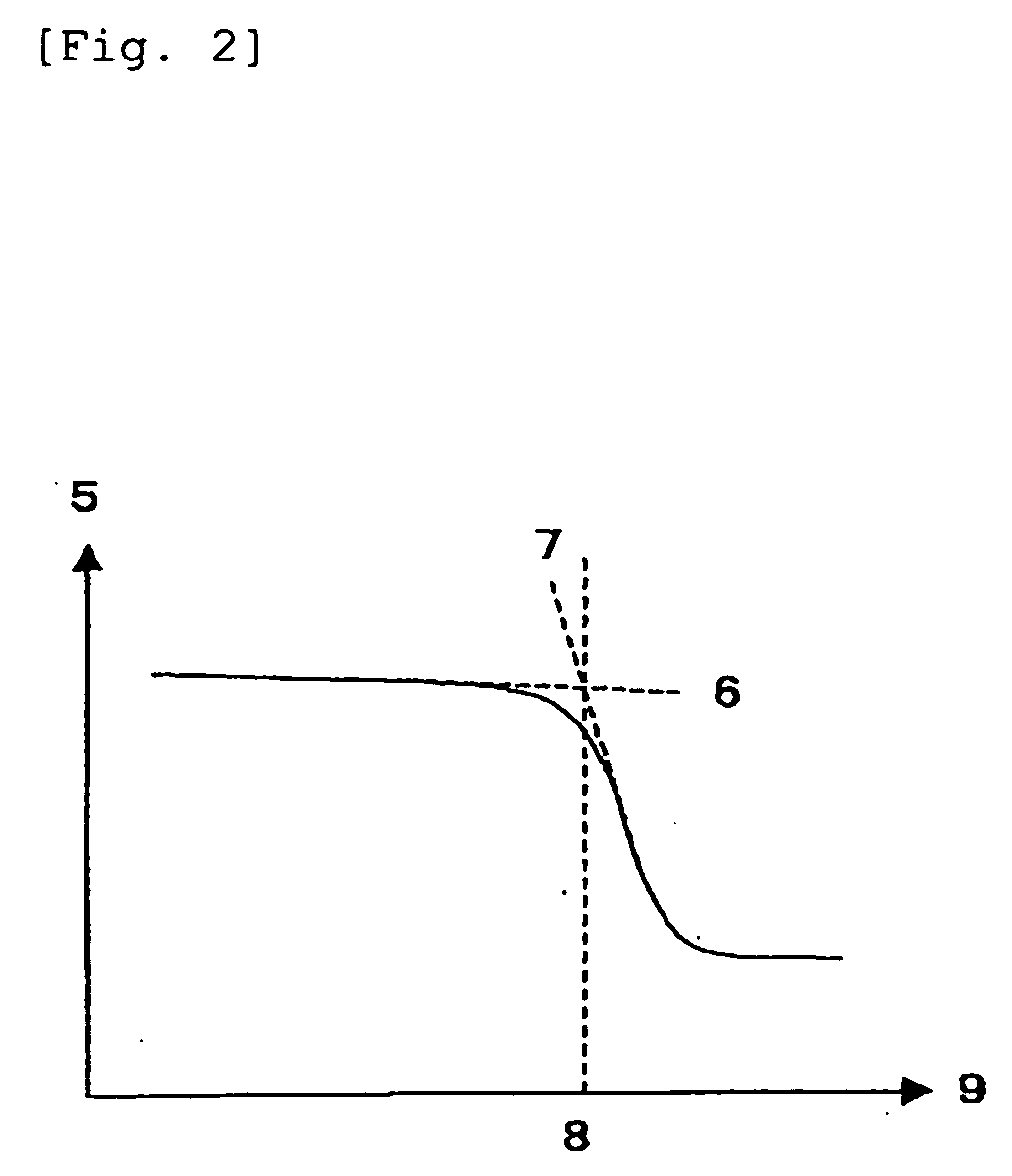Epoxy Resin Composition for Fiber-Reinforced Composite Material, Prepreg, and Fiber-Reinforced Composite Material
- Summary
- Abstract
- Description
- Claims
- Application Information
AI Technical Summary
Benefits of technology
Problems solved by technology
Method used
Image
Examples
examples
[0128]Hereinafter, the invention will be described more particularly along with examples. In the respective Examples and Comparative Examples, production of each prepreg, production of each composite material, and measurement of various kinds of physical properties were carried out by the methods as follows.
[0129]In the respective Examples and Comparative Examples, the following starting material resins were used and kneaded by a kneader to prepare the compositions shown in Table 1 and Table 2.
[Epoxy Resin]
[0130]AER4152 (oxazolidone ring-containing epoxy resin, manufactured by Asahi Kasei Epoxy Co., Ltd.)
[0131]MY720 (tetraglycidyldiaminodiphenylmethane, manufactured by Huntsman Advanced Materials Co., Ltd.)
[0132]ELM 434 (tetraglycidyldiaminodiphenylmethane, manufactured by Sumitomo Chemical Co., Ltd.)
[0133]Epikote 825®, bisphenol A type epoxy resin, manufactured by Japan Epoxy Resin Co., Ltd.)
[0134]Epikote 828®, bisphenol A type epoxy resin, manufactured by Japan Epoxy Resin Co., Lt...
PUM
| Property | Measurement | Unit |
|---|---|---|
| Temperature | aaaaa | aaaaa |
| Temperature | aaaaa | aaaaa |
| Fraction | aaaaa | aaaaa |
Abstract
Description
Claims
Application Information
 Login to View More
Login to View More - R&D
- Intellectual Property
- Life Sciences
- Materials
- Tech Scout
- Unparalleled Data Quality
- Higher Quality Content
- 60% Fewer Hallucinations
Browse by: Latest US Patents, China's latest patents, Technical Efficacy Thesaurus, Application Domain, Technology Topic, Popular Technical Reports.
© 2025 PatSnap. All rights reserved.Legal|Privacy policy|Modern Slavery Act Transparency Statement|Sitemap|About US| Contact US: help@patsnap.com


